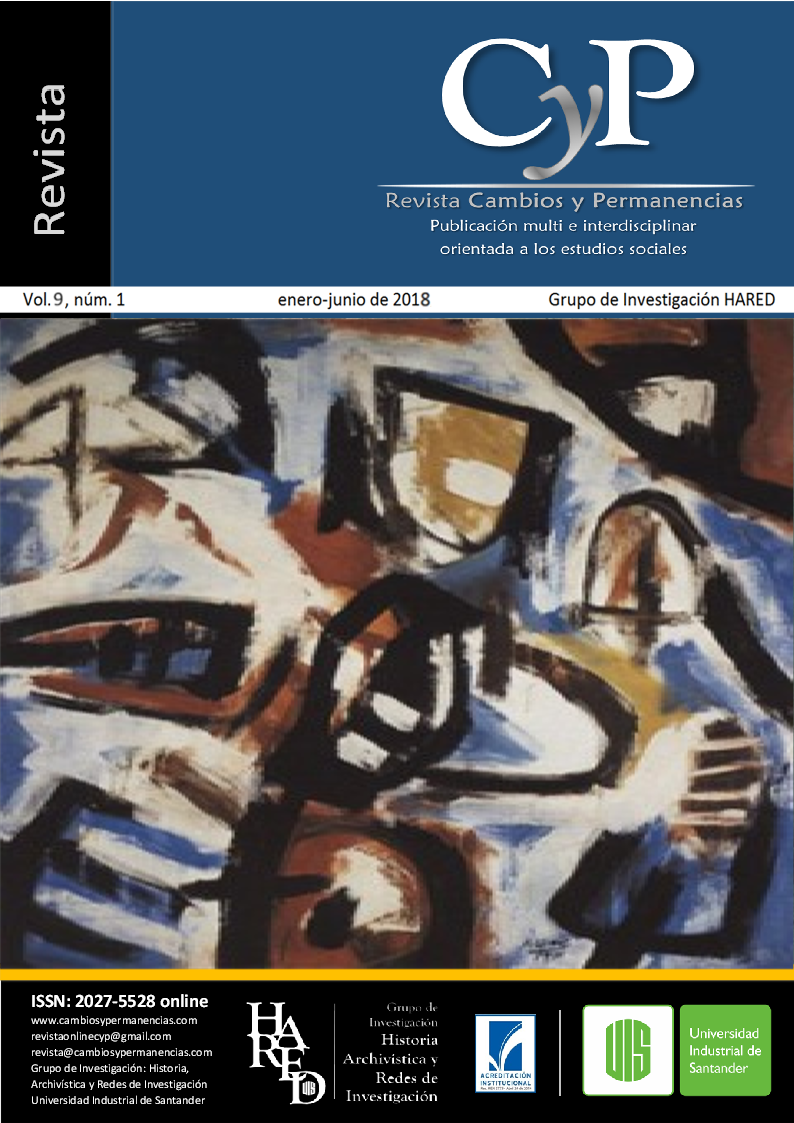The shuba arpilleras: embroidery of arpilleras to weave the collective memory on the spaces
Published 2018-06-01
Keywords
- Territory,
- traditions,
- collective memory,
- historical memory,
- individual memory
- own knowledge,
- fabric,
- community ...More
How to Cite
Abstract
A group of peasant, indigenous and mestizo women inhabitants of the Shuba region in Bogota, they are grouped around a space called let’s take memory in the public library Francisco José of Caldas. There they arised the need to dialogue and problematize the content of their traditions, practices and their collective memory in order to avoid that the continuous waves of modernization drag to the forgetfulness this cumulate of knowledge own of an experience on the territory. For this, they use the traditional embroidery technique of Arpilleras that in Latin America has been used in different contexts as a social story closely linked with femininity around the historical events that surround the communities. By constructing an intimate vision, a representation of the spaces of the territory that they inhabited and of the territory that inhabits them, the women weavers of Shuba have configured an exercise of creation where it is possible a particular transit towards the collective healing through the social story and the (re) significance of memory through popular and traditional techniques of weaving.


